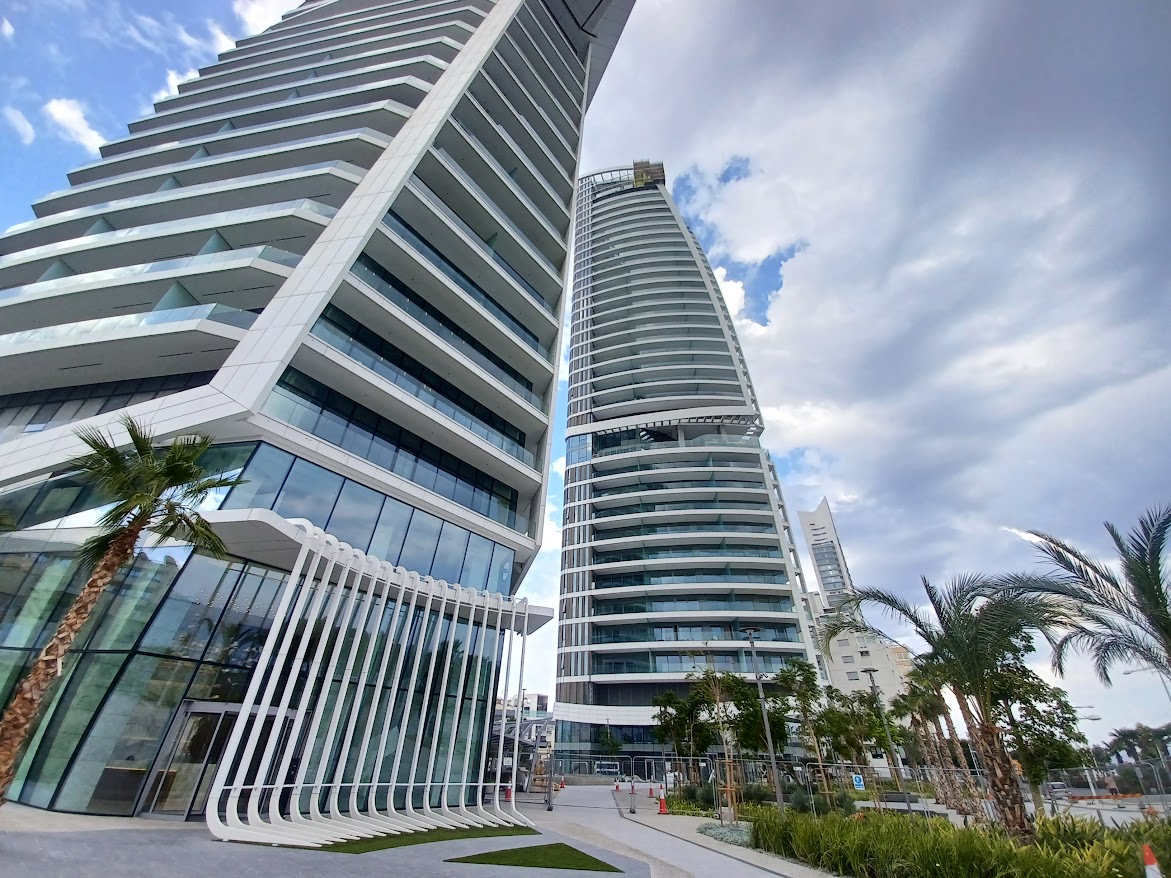
Property prices in Limassol surged in 2024, with apartment prices up by over 20 per cent and house prices rising by 30 per cent, according to a report from Nicosia-based firm Landbank Analytics.
The report, which reviewed data from the Department of Lands and Surveys from January to September 2024, shed light on variations in the pricing of new houses and apartments in Cyprus.
According to the report, there was a decrease in average sale prices in Nicosia, despite a rise in the number of new residential sales this year.
The average apartment price fell by 2.9 per cent to €198,421, while new houses experienced a slight drop of 0.56 per cent, averaging €309,440.
Landbank Group CEO Andreas Christophorides said that “the district-based view highlights the various trends prevailing in the sale prices of new apartments and houses, with both significant increases and decreases recorded”.
“In the Nicosia market, despite increased demand, seems to adjust to the financial capabilities of local buyers, who are essentially its main source,” he added.
Limassol, on the other hand, saw the most significant increase in property prices among all districts.
The average apartment price in Limassol surged by 20.6 per cent to €558,230, and house prices recorded an even greater rise of 30.1 per cent, reaching €695,994.
Christophorides pointed out that “the Limassol district is seeing exceptionally high prices, closely linked to sales of high-value properties, mainly purchased by foreign buyers”.
He added that “this trend reflects the appeal of Limassol’s real estate market to international investors”.
In Larnaca, while the average apartment price increased by 3.1 per cent to €196,600, house prices declined by 7.2 per cent, bringing the average price down to €336,928.
“In Larnaca, the average residential units’ value declined as new developments move toward the suburbs, primarily in areas further from the coastline,” Christophorides explained.
“Meanwhile, the rise in the average apartment price reflects increased demand for flats, especially within urban zones,” he added.
The Paphos district exhibited contrasting movements in property prices. The average price of new apartments in the city and district dropped by 7.5 per cent to €332,621, whereas the average house price rose by 8.15 per cent to reach €615,491.
“The data in Paphos, showing a drop in apartment prices and an increase in house prices, is not surprising as this is a market more ‘dependent’ on house sales,” Christophorides remarked.
“This trend,” he continued, “reflects the region’s appeal to buyers looking for larger properties rather than flats”.
In the government-controlled areas of Famagusta, both apartments and houses saw year-on-year price increases.
The average apartment price rose by 11.1 per cent to €229,094, while house prices increased by 3.9 per cent to €332,414.
The data highlighted the ongoing demand in Famagusta for both property types, driven by investment in areas outside Cyprus’ primary urban centres.


